
Must cover
- Description of the proposed solution
- Problem area/focus and impact of solution
- Novelty- unique solving problem
- Scenarios depicting your solution in the life of users
- Final design with detailed flow and screens

Competition closed.
Winners announced on April 22, 2022.
Congratulations! You've made it.
 Akshay Narisetti
Akshay Narisetti
 Utkarsh Srivastava
Utkarsh Srivastava
 Ayushi Singh
Ayushi Singh
 Debodyuti Biswas
Debodyuti Biswas

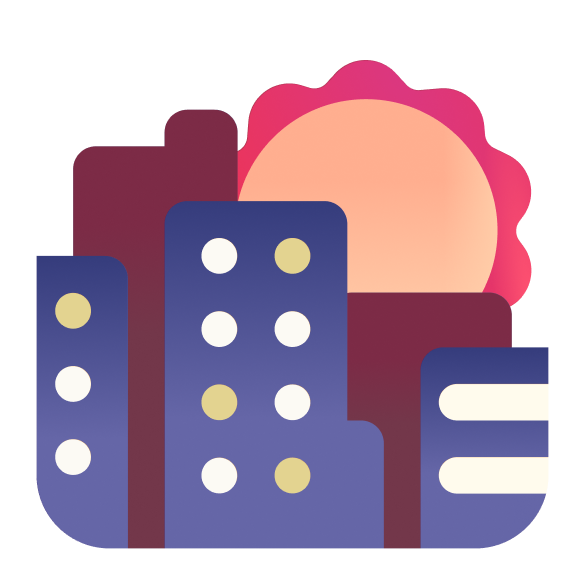
We are at a crossroad - our decade-old predictions about the future have taken an abrupt turn, the way we live, work, learn, and do anything changed overnight, and technology adoption which we expected to take decades happened in a span of months. Looking at it through a positive lens, this also opened avenues for some of the greatest opportunities to define the future we want, and the one we need.
At Microsoft, we believe in empowering every person and every organization on the planet to achieve more. And we need not hold back or wait for this empowerment to meet us along the road. As problem solvers, we are rightly placed to create and steer this future in the right direction. As product makers and thinkers, we can envision this not just for ourselves, but for others through empathy and a better understanding of our needs.
Your goal for this Design Challenge is to first, identify a problem in one of the following areas that presents an opportunity for a high-impact solution. With this, use human-centric design and techniques to create a solution that uses digital technology to solve the identified problem.
Collaboration is one of the primary drivers of human development. The need to collaborate transcends all ages, backgrounds, and medium.
With our accelerated transition to a hybrid world, how can technology effectively tackle the need for collaboration to innovate remotely and create impact for a better future?
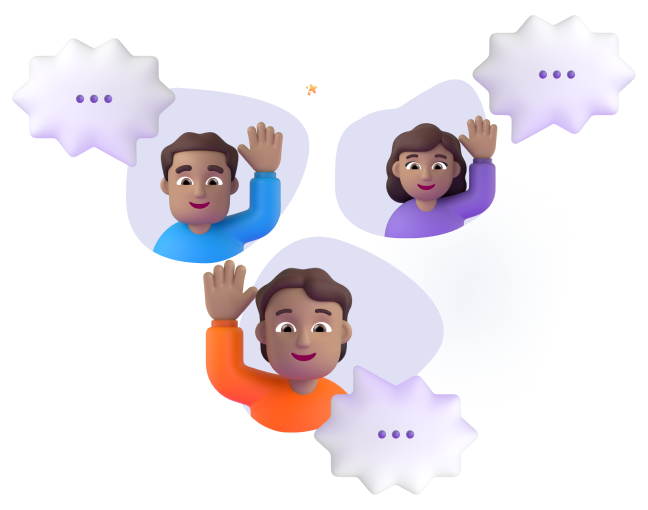
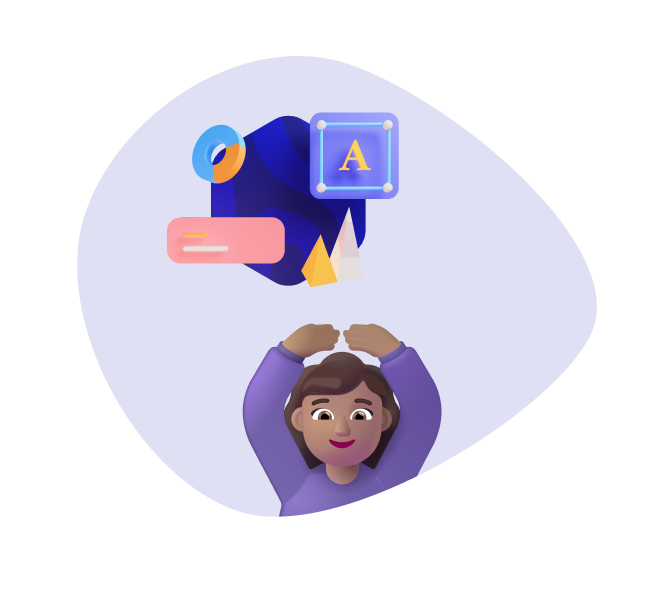
Education & learning is an area that has witnessed tremendous transformation. Suddenly, conventional methods had fallen short, and existing tools failed to understand the underlying needs of this sector.
For this generation of individuals on the cusp of this transformation, how can we go beyond the traditional digital tools to create hybrid ways and methods to exchange knowledge and learn?
Let's be honest, humans are not built to stare at a screen for hours at a stretch (except to binge watch that new show on Netflix on Friday night, of course). Meeting fatigue not only affects us mentally and physically but takes a toll on productivity too. Attention is a scarce commodity. The more time you spend doing something, the lesser you may accomplish it.
What can technology and good design do to promote well-being and help an individual deliver an effective output?
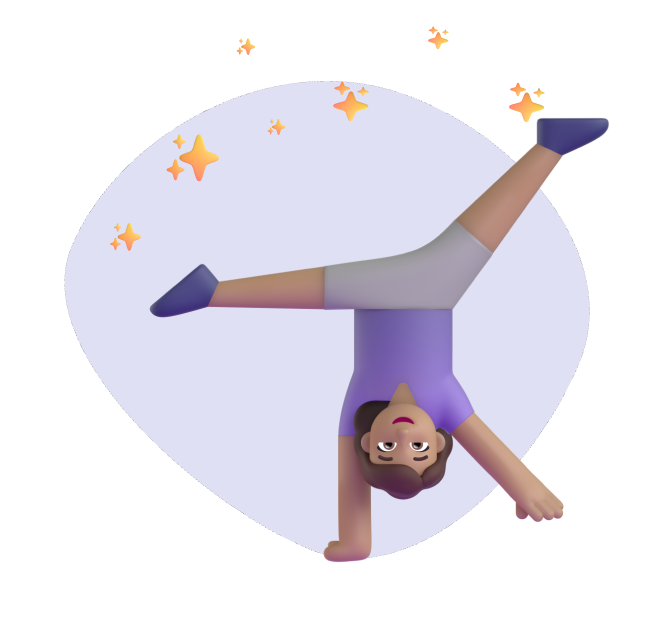
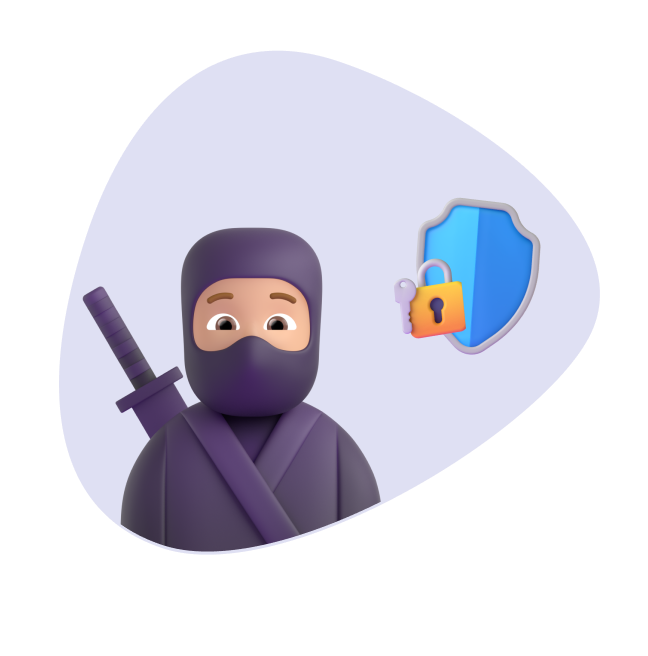
As ‘hybrid work’ becomes mainstream, and we spend more time collaborating, learning, and having conversations online, we leave a continuous trail and expose information about ourselves, devices, network, and applications to various threats. Further, we make ourselves susceptible to online encounters that may have a negative impact on us, and others involved. This results in people's fear and mistrust towards the technology they use.
How can we, as designers, use human-centric techniques to reimagine the future of online security in a hybrid world, kindle trust in machines, and for digital good?
Choose one of the four areas above, identify a problem area, and create a solution that uses digital technology to solve the identified problem. You need to demonstrate the ability to define the problem and the users crisply. You should show us how you have uncovered not only the user’s context but also their needs, aspirations, and motivations. Your problem area should be big enough to be impactful. Your solution should be able to address all the aspects mentioned.
The solution may be near-term and practical, or long term and blue sky. But the final idea must be innovative, technically feasible, and have a realistic chance of adoption if implemented. Your solution cannot be just a description of a concept. It needs to be tangible enough to be detailed, presented, discussed, and evaluated.
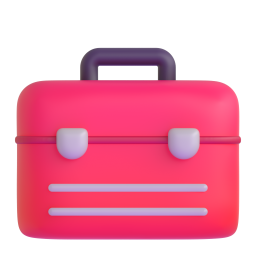
Learn about submission process, guidelines, important dates here
Step 2: Submit your entry by 21 Feb 2022, 10 AM IST
Step 3: Level 1 Shortlist announcement: 2nd week of April 2022
Step 4: Winners announced on April 22, 2022
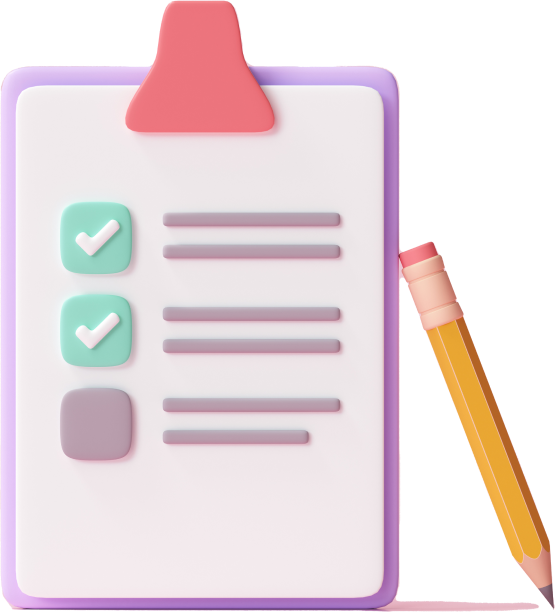
|
Closed on
06 Feb, 2022 5 PM IST |
Register |
|
Closed on
21 Feb, 2022 10 AM IST |
Submit |
| 2nd week of April 2022 | View | |
| Winners announced
|
22 April, 2022 | View |

We are excited to see your projects and learn from your expertise. We learn better when we learn together!
Stay updated with the latest dates for these key milestones in the design challenge.

We are looking for you to define the problem and your target audience in a crisp manner. Your work should uncover your user's needs, aspirations and motivations. Your solution needs to drive impact to change your user's lives.




We’ve got your back. Reach out to us via various platforms
Learn more about the design challange